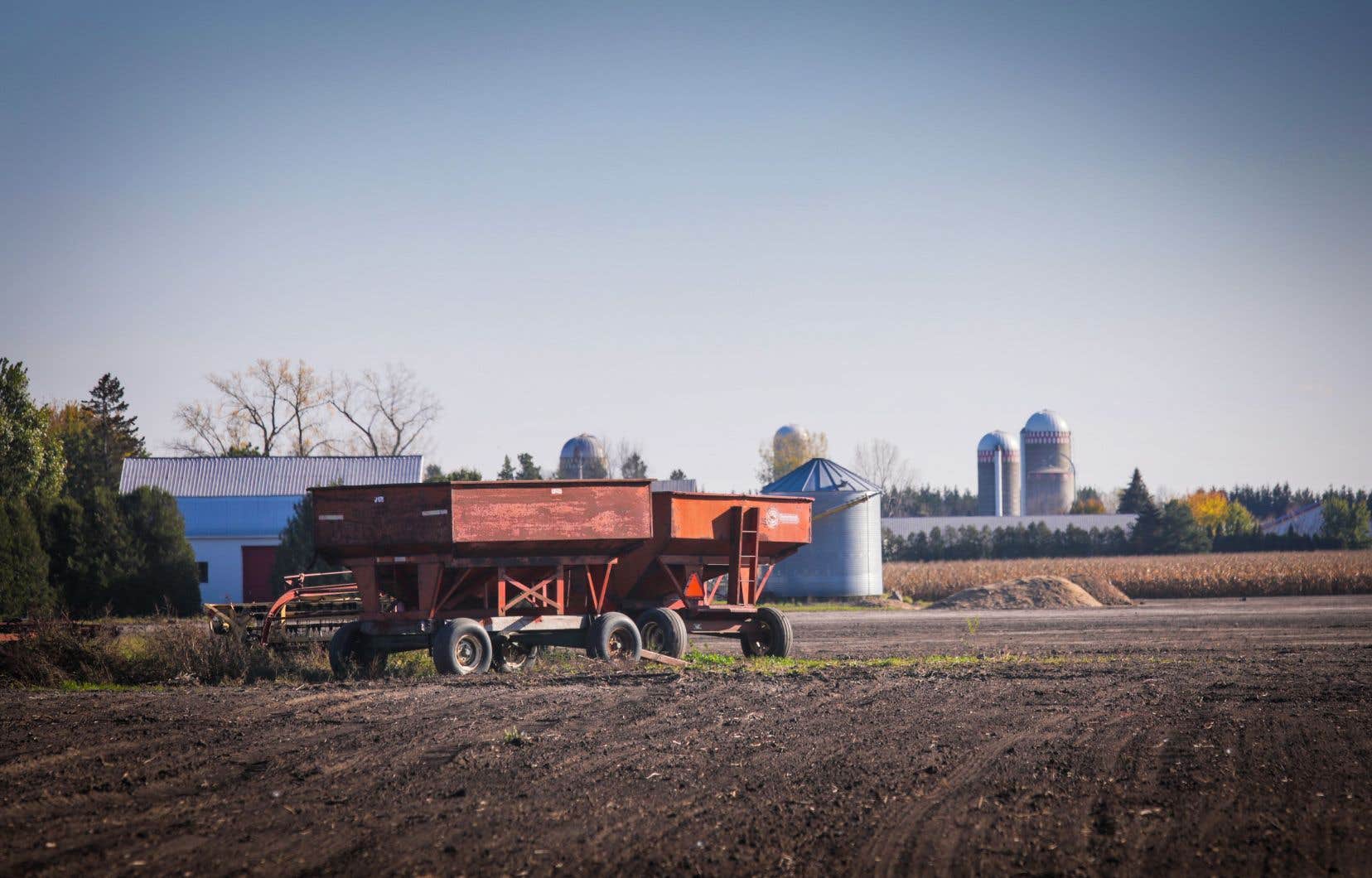The value of Canadian farmland increased by 11.5% in 2023, and Quebec is one of the provinces showing the largest increase, according to a new report from loan company Farm Credit Canada (FCC).
Even if this is a slight slowdown compared to growth in 2022, the pace at the national level remains rapid given a general decline in economic conditions, explains the chief economist at FCC, Jean-Philippe Gervais.
“In recent years, land prices have seen marked increases across the country, although market conditions were expected to slow the growth in land values,” says Mr. Gervais in a communicated.
“We continue to see a limited supply of available agricultural land, combined with strong demand from farms,” he continues.
The report highlights that the largest increases in average farmland values last year were recorded in Saskatchewan, Quebec, Manitoba and Ontario. They are 15.7%, 13.3%, 11.1% and 10.7%, respectively.
“In Quebec, the value of cultivated agricultural land has been increasing for 38 years, thus displaying the longest series of increases in the country,” we can read in the FCC report.
Saguenay – Lac-Saint-Jean and Chaudière-Appalaches are the regions that recorded the largest increases in the province last year, with increases of 24.0% and 22.7%, respectively.
All provinces experienced growth in the value of their agricultural land, with the exception of British Columbia, the report reveals.
The latter saw an average decline of 3.1%, but still has the highest average farmland value in the country.
It was estimated that the number of farmland transactions decreased slightly last year.
Farmers are currently cautious about investing in their farms, the report said, as lower incomes and high borrowing and input costs are expected.
“In the coming year, we will have to carefully consider the price and timing before purchasing land. “Some operators will wait to see what value the land reaches, while others will want to make a purchase more quickly if adjacent land is for sale, or simply because the purchase fits with their strategic business plan,” says Mr. Gervais.
Young producers face a difficult environment as agricultural land becomes less and less affordable, explains the economist. This could expose some farms to greater risk amid higher rental rates and input costs, he says.
